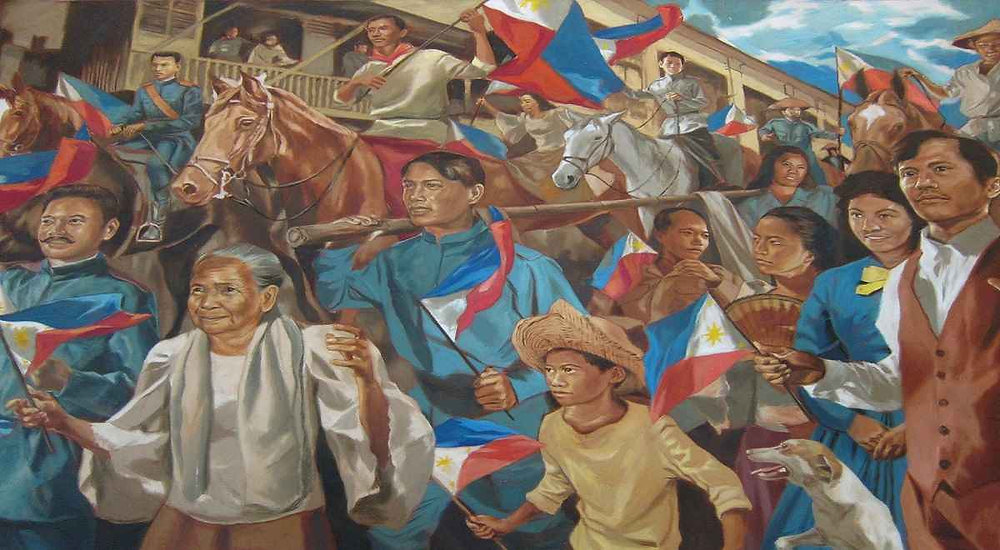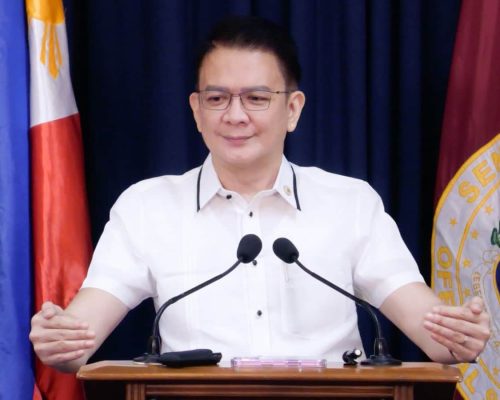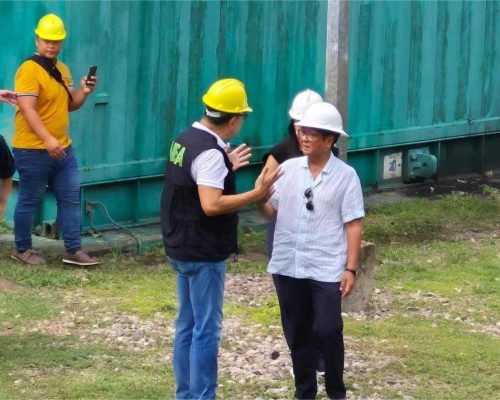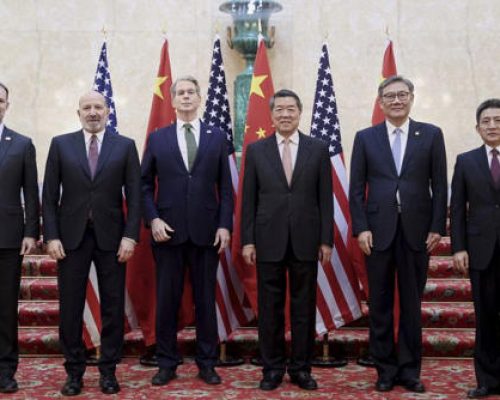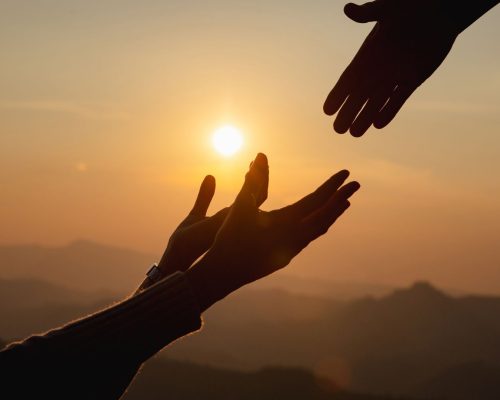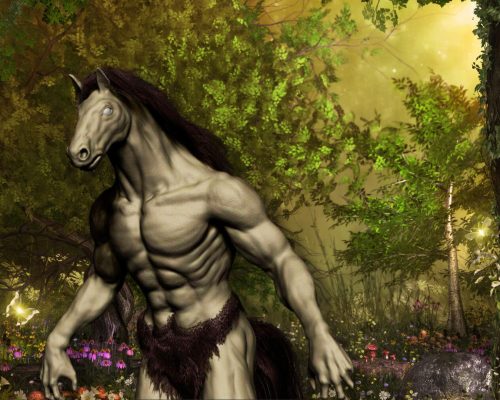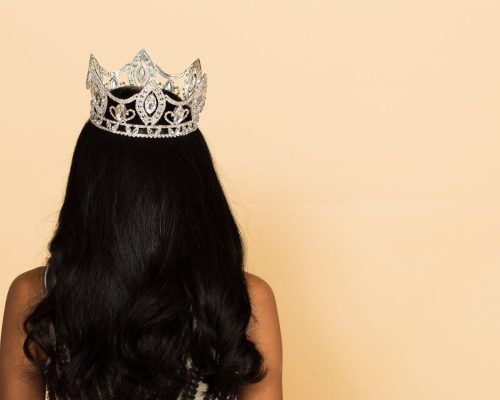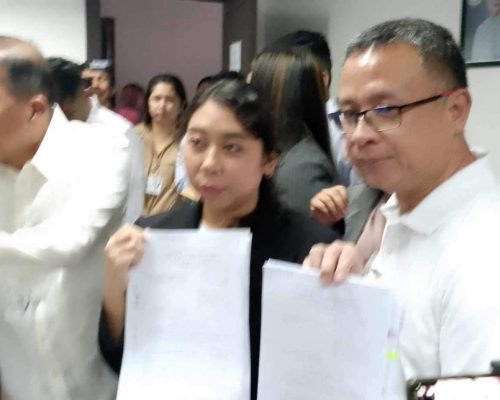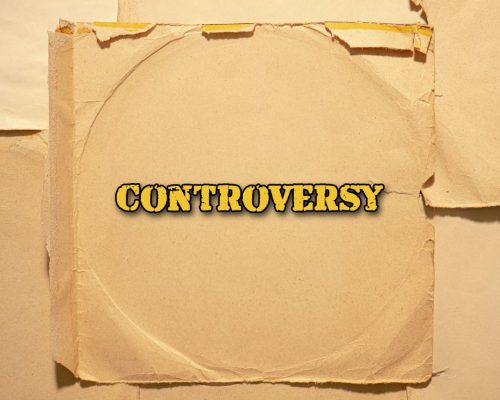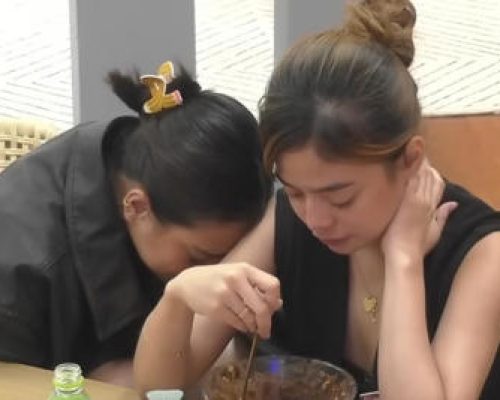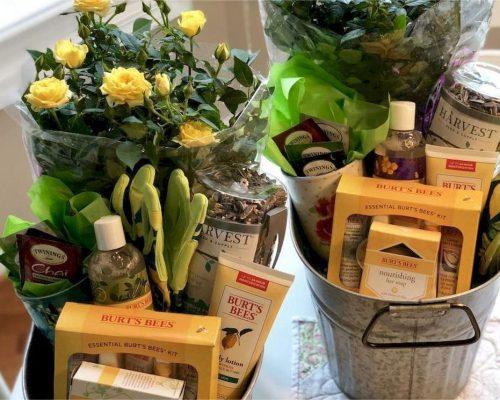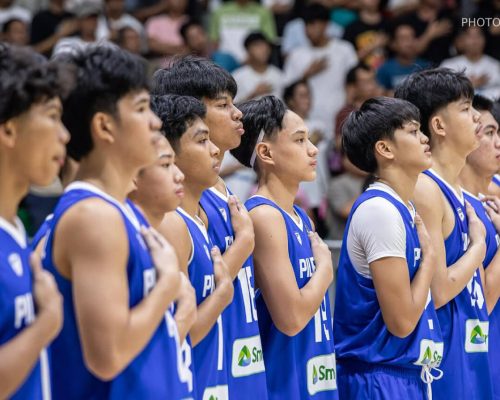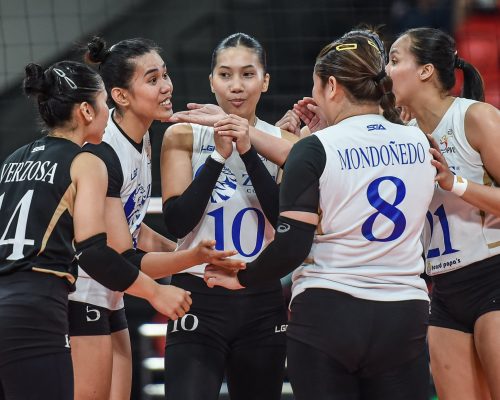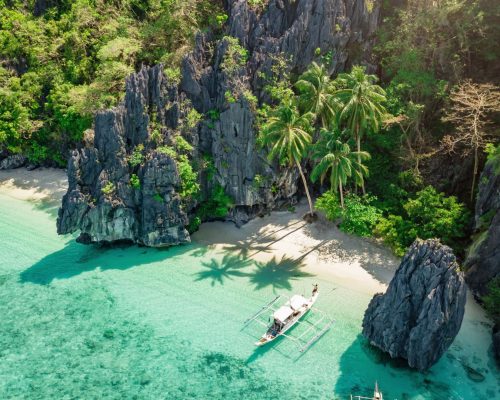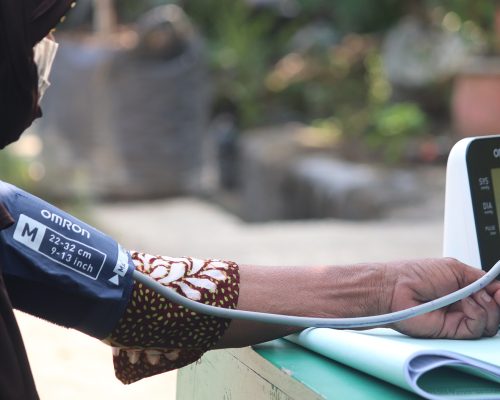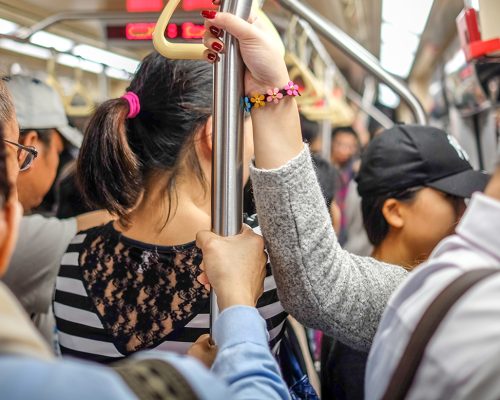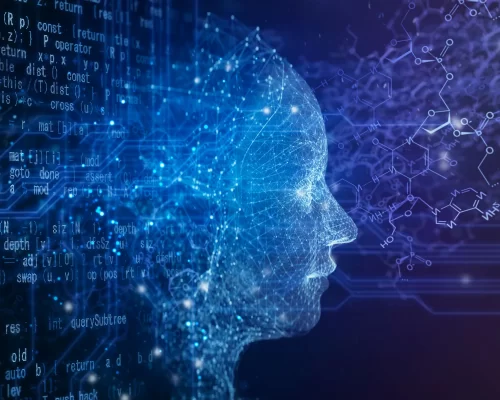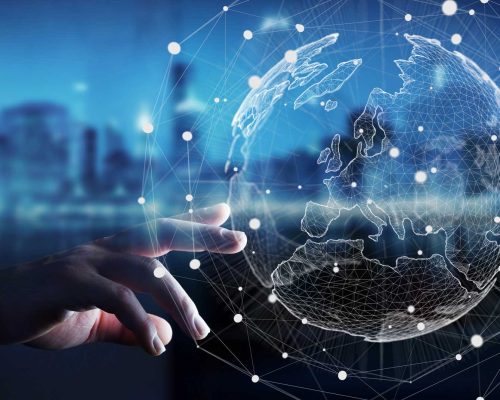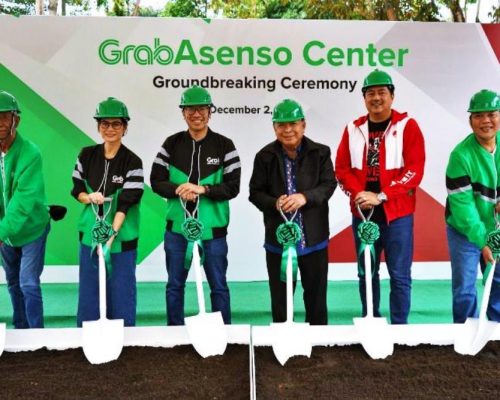Every June 12, we raise our flags, sing the national anthem, and pay tribute to the heroes who fought for Philippine independence. Names like Jose Rizal, Andres Bonifacio, and Emilio Aguinaldo dominate our history books and school programs. But as we celebrate another Independence Day, it’s worth asking: Whose stories are we not telling?
The Problem With a Singular Narrative
History, as it’s often taught, tends to be clean, linear, and centered on a few celebrated figures. But the real struggle for independence was messy, collective, and spread across diverse regions, classes, and identities. By focusing almost exclusively on elite male revolutionaries from Luzon, we risk overlooking the complex web of resistance that made our freedom possible.
The Women Warriors We Forget
How often do we hear about Gregoria de Jesus, the “Lakambini of the Katipunan,” or Melchora Aquino, the elderly woman who nursed revolutionaries back to health? Countless women supported, led, and fought in the revolution—but remain footnotes in our national story. Their erasure reflects broader societal biases that persist even today.
Voices From the Margins
Indigenous communities, too, resisted colonization long before 1896. The Lumad, the Aeta, and the Igorot peoples maintained autonomous societies despite centuries of Spanish attempts to control them. Yet these communities are rarely acknowledged as freedom fighters. Is it because their fight doesn’t fit the neat narrative of a unified revolution?
Similarly, the Muslim resistance in Mindanao, led by figures like Sultan Kudarat, spanned generations and successfully resisted Spanish rule. But how often are they mentioned in Independence Day programs?
A More Honest Independence
Rewriting history doesn’t mean fabricating it. It means expanding it—making room for the sidelined, the silenced, and the forgotten. True independence is not just about breaking free from colonizers; it’s about reclaiming our full identity as a people.
As we move forward, let’s ask better questions of our past. Who gets remembered, and who gets erased? Who tells the story, and who benefits from the telling?
Only by confronting these gaps can we build a more inclusive and truthful national memory—one that honors not just a few heroes, but all those who dared to fight, resist, and imagine a free Philippines.

